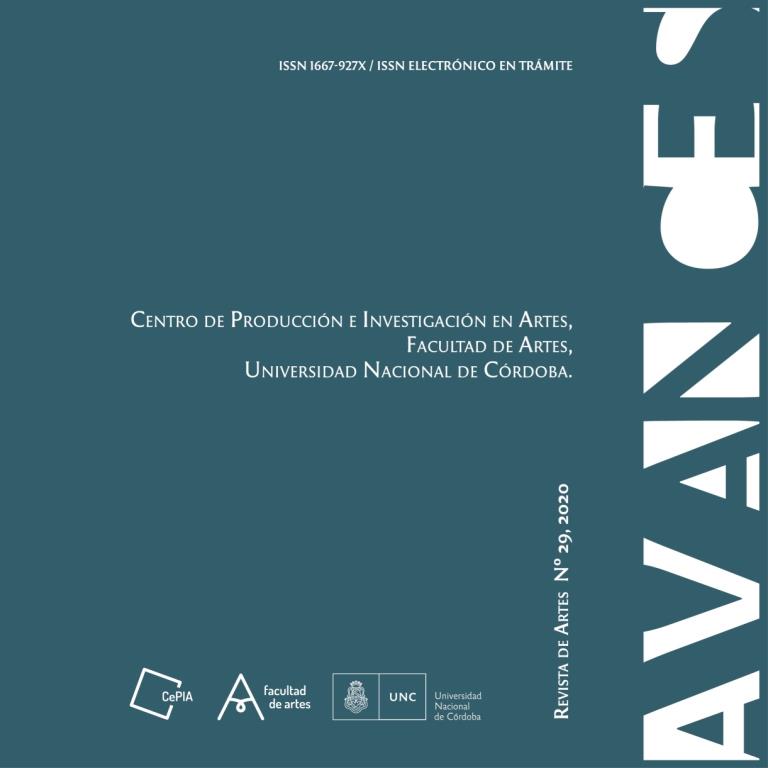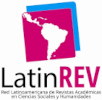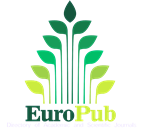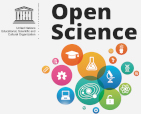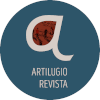ARTISTIC LANGUAGES IN THE PRODUCTION OF KNOWLEDGE: A QUALITATIVE METHODOLOGY FOR THE STUDY OF SENSITIVES AND SOCIAL REPRESENTATIONS
Keywords:
artistic languages, research, social sensitivitiesAbstract
The present work communicates an interdisciplinary methodology of qualitative social research where they discussed languages and artistic resources with techniques and resources of the social sciences, producing knowledge about sensitivities and representations, sensations and emotions of subjects framed in care practices of young people and older adults, in various social and institutional settings of the city of Córdoba, during the years 2012-2015.
Art in the production of knowledge, contributes to a “say” in another way, which appears as a fold or relief in the story of those who participate in them, as a texture of a social discourse that leaves traces in their ways of living and naming the world as they know it, crystallized in social representations and ways of feeling. Following those traces, where the word that has been repressed does not reach them to rescue an experience, artistic languages make it possible to arrive at emotions and a symbolic world unknown to the subject himself, who thus connects and names what he believes, feel, perceive and think.
The proposed discussion will allow us to arrive at some final thoughts about the possibility of dialogue and co-creation between art and science.
Downloads
References
Araya Umaña, S. (2002). Las representaciones sociales: ejes teóricos para su discusión. Cuaderno de Ciencias Sociales 127. Costa Rica: FLACSO.
Borneman, J. (1996). Cuidar y ser cuidado: el desplazamiento del matrimonio, el parentesco, el género y la sexualidad. Revista Internacional de Ciencias Sociales, (154), s/d. UNESCO. Recuperado de: http://www.unesco.org/issj/rics154/bornemanspa.html
Bourdieu, P., Chamboredon, J.-C. y Passeron, J.-C. (1987). La construcción del objeto. En El oficio del sociólogo (pp. 51-81). Buenos Aires: Siglo XXI.
Burucúa, J. (24 de julio de 2019) Lo que la ciencia y el arte aprenden entre sí. Página 12 [online], Buenos Aires. Recuperado de: https://www.pagina12.com.ar/208006-lo-que-ciencia-y-arte-aprenden-entre-si
Foucault, M. (1994). La ética del cuidado de sí como práctica de la libertad. Madrid: Editorial Siglo XXI.
Gattino, S. (2009). Ecología del cuidado, prácticas intersticiales y responsabilidades públicas: el arte de crear dignidad humana. En J. Wester, E. Romero, E. Michelini y G. Pérez Zavala (eds.). Dignidad del hombre y dignidad de los pueblos en un mundo global (pp. 225-230). Río Cuarto: ICALA.
Gattino, S. (2010). Lenguajes del cuerpo, lenguajes en el cuerpo. VI Jornadas de Sociología “Debates y perspectivas sobre Argentina y América Latina en el marco del Bicentenario. Reflexiones desde las Ciencias Sociales” [CD-ROM]. La Plata: Universidad Nacional de La Plata. ISBN: 978-950-34-0693-9.
Gattino, S. (comp.) (2013). Cuidar y ser cuidado en nuestra cultura. Erasmus. Revista para el diálogo intercultural, 15(2), número completo. Río Cuarto: Ediciones del ICALA.
Gattino, S., Guevara, L. E., Isoglio, R., Lanza Castelli, G., Lungo, T. y Perticarari, M. (2011). ¿Qué significa cuidar? actores, discursos, sentidos y voces en torno a los adolescentes: reflexiones de diversos trabajos de campo. Cuadernos de trabajo. Serie investigación, (2), 1ª ed. Córdoba: Universidad Nacional de Córdoba.
Geertz, C. (1995). Descripción densa: hacia una teoría interpretativa de la Cultura. En La interpretación de las culturas (pp. 19-41). Barcelona: Gedisa.
Le Breton, D. (2002). Antropología del cuerpo y modernidad. Buenos Aires: Nueva Visión.
Le Breton, D. (diciembre de 2012-marzo de 2013). Por una antropología de las emociones. Revista Latinoamericana de Estudios sobre Cuerpos, Emociones y Sociedad, 4(10), 69-79. Córdoba, Argentina. ISSN: 1852.8759.
Matoso, E. (2011). El cuerpo territorio de la imagen. 4ª edición. Buenos Aires: Letra viva.
Morin, E. (1995). La relación antropo-bio-cósmica (trad. J. L. Solana Ruiz). Gazeta de Antropología, (11), s/d. París: Centre National de la Recherche Scientifique.
Morin, E. (1996). El pensamiento ecologizado (trad. J. L. Solana Ruiz). Gazeta de antropología, (12), 1-7. París: Centre National de la Recherche Scientifique.
Neiman, G. y Quaranta, G. (2007). Los estudios de caso en la investigación sociológica. En I. Vasilachis de Gialdino (coord.), Estrategias de investigación cualitativa (pp. 213-237). Buenos Aires: Gedisa.
Scribano, A. (diciembre de 2012-marzo de 2013). Sociología de los cuerpos/emociones. Revista Latinoamericana de Estudios sobre Cuerpos, Emociones y Sociedad, 4(10). Córdoba, Argentina. ISSN: 1852-8759.
Scribano, A. (2013). Encuentros creativos expresivos. Una metodología para estudiar sensibilidades. Buenos Aires: Estudios sociológicos Editora.
Downloads
Published
Versions
- 2020-07-02 (2)
- 2020-06-01 (1)

